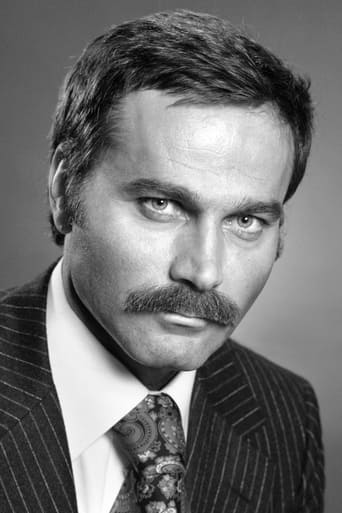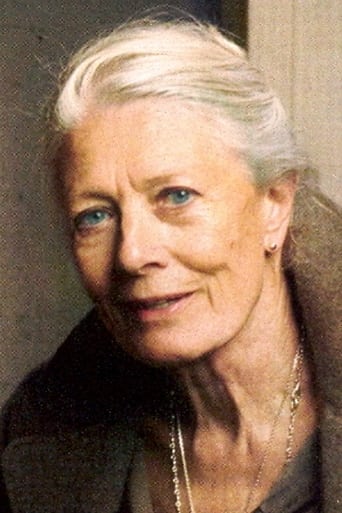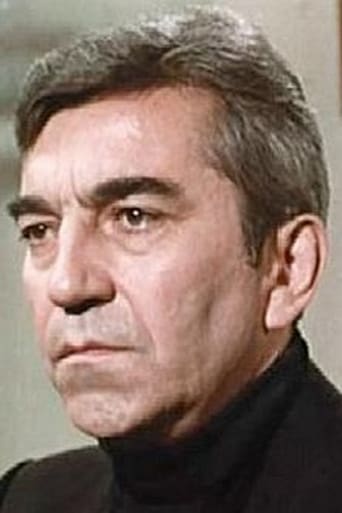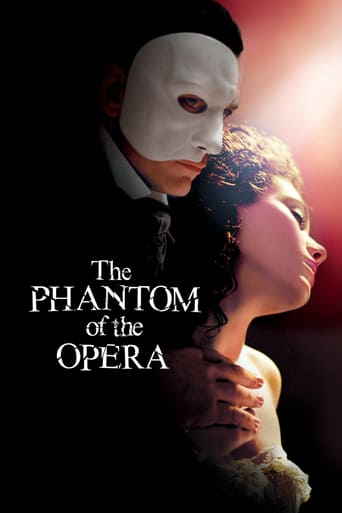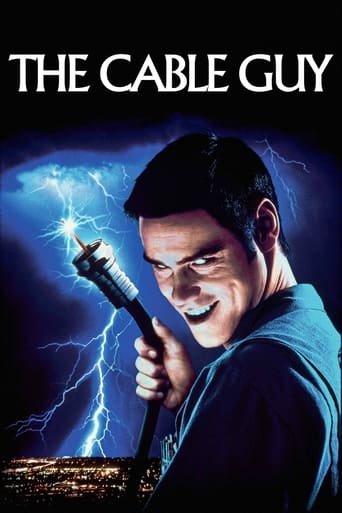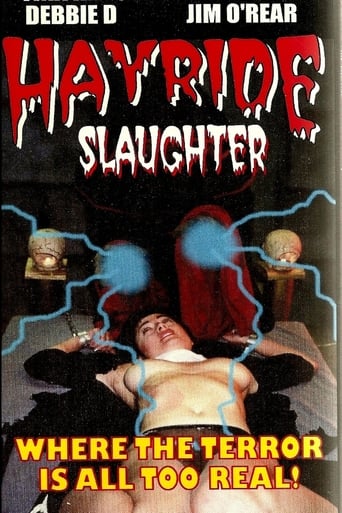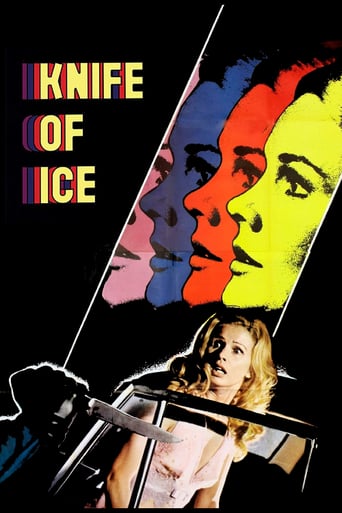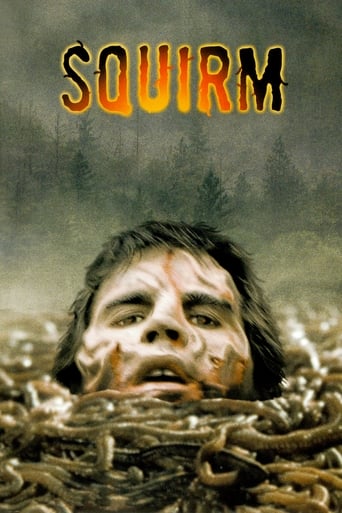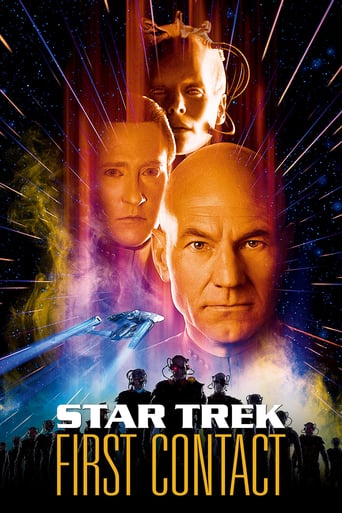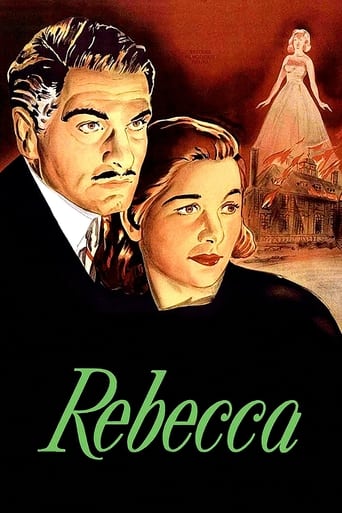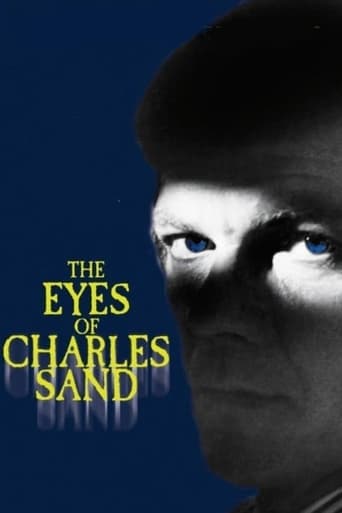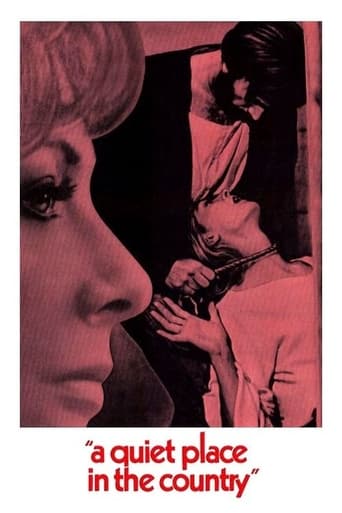
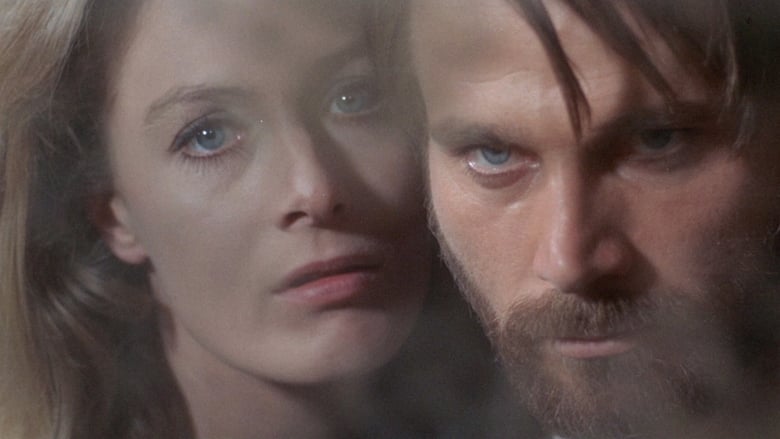
A Quiet Place in the Country (1968)
A painter facing a creative block arranges to spend the weekend in the country at his mistress's villa. While staying there, his sanity begins to disintegrate.
Watch Trailer
Cast


Similar titles
Reviews
After a demented credit sequence, things calm down a bit by presenting Franco Nero in his pants, tied to a chair, while Vanessa Redgrave surrounds him with electric gadgets, including an underwater television which she places between his legs. Vanessa then murders Franco in the shower. It's a typical artist's day.And a dream, thankfully. Franco is having trouble completing any picture these days, and Vanessa, as his wife/manager, is getting rather frustrated that he sits around reading porn and being crazy rather than doing anything else. Worse still, he becomes obsessed with a house he spies in the country (in this film, that means that Franco appears and BECKONS HIMSELF into the house, yep, it's one of 'those' films). Franco loves the house but is rather creeped out by certain rooms near the top, and tells Vanessa that 'there's a ghost in my house' and ghost that wants to kill Vanessa, judging by the things pulling her through the floor and trying to fry her while she's having a shower. This might be the spirit of Wanda, a girl with the fanny of a burst couch judging by the stories the locals tell about her.I'm describing this like it's a straightforward 'vengeful ghost' film, but that's far from the truth as the first twenty minutes involving Franco's daily routine are utterly brain melting, and serves to make you doubt anything you see for the entire duration of the film. Is there actually a ghost at all? Is there a conspiracy against Franco or is he just mental? To top it all, there's about three different unreliable narrators in this film too.And on top of that there's the insane direction and the bizarre Morricone soundtrack. We often see things happen about three times in a row from various angles, like Franco appearing to garrotte his wife, but then not doing that at all, or Franco watching himself painting, or frequently imagining himself as Wanda or one of her lovers, or even a guy that gets murdered. Totally off the wall. Morricone's soundtrack is equally mental, going from AMM style improve to tuneless Resident's piano with slide whistle!This is a stand out film for me. Not a classic, but a good one due to the off-beat direction and the usual solid Nero performance. Aye.
Leonardo Ferri can't paint. He's the toast of the town thanks to his abstract paintings, which fetch incredible prices. He dates the beautiful Flavia, his manager. A collector loans him a luxurious villa in the countryside to work. Life should be easy for Leonardo, but he's going through a creative crisis and having violent nightmares. He gets worse when, after driving aimlessly through the countryside, he discovers an abandoned villa for sale and becomes obsessed with living in it. If he already showed signs of mental instability from the start, the legend of a young countess who died mysteriously there during World War II, finally erases the last vestiges of sanity.Cinema has long loved to explore the relationships between art, creativity and madness. A Quiet Place in the Country was released before Black Swan, The Shining, Robert Altman's Images, and on the same year as Ingmar Bergman's The Hour of the Wolf, with which it shares a few similarities: distraught painter living in isolation is haunted by things which may or may not be figments of his imagination. Although Bergman's remarkable incursion into horror has achieved a degree of fame, Elio Petri's movie remains undeservedly obscure; the fact that it so perfectly embodies the formula many of the above-mentioned movies still cling to, should make it essential watching for fans of movies about artists going murderously crazy.The first thing one notices is Ennio Morricone's dissonant, deliberately ugly score for the movie. It's loud, clangourous, distorted, and interspersed with metallic noises. It's music meant to disturb and irritate. It gnaws at ones' nerves, predating the score John Williams composed for Images in collaboration with Stomu Yamashta, whose random weird sound effects disrupt the traditional harmony of Williams' compositions. In fact the whole movie is cacophonous from start to finish. The first act in Milan is thundering with urban noises: the indistinct humming of people, the ringing of telephones, the screeching of tires. Ironically, when the action moves to the countryside, it remains equally noise: the omnipresent chirping of birds and droning of critters simply replaces man-made sounds. In spite of the title, there's nothing quiet in the movie, whose frenzied sound wonderfully reflects Leonardo's deranged mind.The dilemma about Leonardo's mental state is that we can never tell whether he's imagining things or whether a ghost is really manipulating him. He's in almost every frame of the movie, meaning the information we get is mediated by his perception. But the way he sees reality is fragmentary, blending the past and present, hallucinations and memories; he imagines fascist soldiers storming the gardens of the villa as he gazes out of a window. Ambiguity builds up until not even the viewer is capable of distinguishing fantasy and reality. It's not unlike the way Jack Nicholson's character in The Shining slowly becomes part of the hotel's history.Elio Petri, famous for the Oscar-winning political parable Investigation of a Citizen Above Suspicion, had a dynamic career. He arguably directed the first movie to talk about the Mafia, We Still Kill The Old Way; he directed Marcello Mastroianni in science fiction and crime movies; he tackled labour rights in The Working Class Goes to Heaven, and his political satire Todo Modo predicted the assassination of Italian prime-minister Aldo Moro. For this horror movie he got together with an excellent cast and crew: the actor Franco Nero, already a star thanks to the Django movies, Vanessa Redgrave, the legendary screenwriter Tonino Guerra (co-author of many movies with Antonioni, Fellini and Tarkovsky), and the underrated cinematographer Luigi Kuveiller, who worked with Dario Argento in Deep Red. Knowing the names associated with this movie helps explain why it's such a fascinating work of cinema: the strong colours are the mark of Kuveiller, who could saturate the frame like few cinematographers. And the strangeness of the story owes a lot to Guerra's favourite themes of memory and perception (could we expect less from the screenwriter of Blowup?). That this movie is unique isn't remarkable; that some of the finest filmmakers of their time got together to make it is our luck.Nero also shines in his difficult role and portrays Leonardo's insanity always on the edge of exploding into violence. His feverish, paranoid look greatly enhances the mood and grounds the disparate plot around him. For as much as this movie owes to the absurd and the irrational, it's never a deeply alienating experience thanks to Nero's charisma.A Quiet Place in the Country is a great '60s movie. It drips with sensuality and coolness. Like Blowup, it defines a time and a place. Pop art is much on display throughout the movie, and American pop artist Jim Dine contributed created the paintings used in the finale. Probably shocking for its time because of the sex and violence, it's aged into a very respectable piece of weird cinema that fans of cult movies will want to add to their repertoire.
"A Quiet Place in the Country (1969) is about an Italian painter who rents a villa that is haunted by the spirit of a young woman killed during WWII. Essentially, that is about it, as far as a plot for this film. Franco Nero plays the stereotypical image of a temperamental artist; arrogant and dismissive of others, his character is not exactly what one would call warm. The first part of the film is somewhat dull. Nero is shacked up with his lover (Vanessa Redgrave) who encourages his painting, although her motives seem to be more financial, his for the artistry. For whatever reason, he becomes obsessed with a run-down Italian villa and moves there. Nero is plagued by dreams about a young girl who lived in the village and was promiscuous with some of the males who still reside there. The film becomes more interesting as Nero tries to unravel the mystery of how the young woman died, who she was involved with -- and it begins to drive him into total madness. I won't give away the very bizarre ending, and I am not sure I could explain it myself! One positive here is the creepy atmosphere the director manages to set -- one can almost feel the spirit of the young woman throughout the villa. There are some very fascinating visuals throughout. All of that said, the plot is at times quite disjointed, full of holes and unanswered questions. Nero is fascinating to watch, and I confess I knew little of him as an actor. Vanessa Redgrave, always one of my favorites, is given little to do here. Her devotion to Nero's character seems to border on the pathological at times, and we get slight glimpses into their bizarre and -- I think -- unhealthy relationship. This is definitely not a film for everyone, but I found it interesting, despite its flaws.
A mad artist can't separate fantasy from reality and takes us on a 106 minute, sleep-inducing journey through his own illusions, which include a vision of a girl who died twenty years ago in an Italian villa. Cinematic chloroform from what should have been a fascinating film. Had the music not been so frightfully avant-garde, I might have enjoyed this a little more. I got the point that the music reflected his inner turmoil, but it was just a bit too noisy and chaotic for me. Also, his imitation of a three year old who can't keep the same train of though for more than five minutes de-railed my interest in the story. Vanessa Redgrave, especially, and the rest of the cast give fine performances, but the movie just didn't work for me. This film was a real disappointment and I kept thinking what Mario Bava could have done with material like this!


